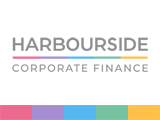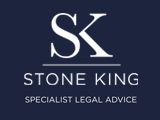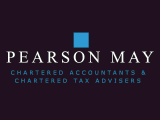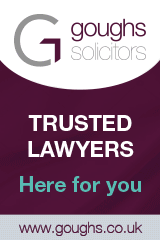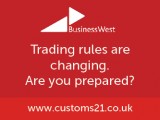Pearson May partner David Richards looks at proposed changes to the flat rate VAT scheme
Many small businesses use the VAT flat rate scheme (FRS) to simplify VAT reporting and some even gain a cash advantage from using the scheme. One of the conditions for using the FRS is that the business’s turnover (excluding VAT) must be less than £150,000 per annum.
When using the FRS you simply multiply your gross sales (including VAT charged at normal rates) by the FRS percentage for your trade sector and this is the amount that you report on your VAT Returns and pay over to HM Revenue & Customs (HMRC). You ignore VAT incurred on purchases, except for capital items costing £2,000 or more. The FRS percentage is set by HMRC to take account of the VAT likely to be incurred on business expenses.
A business which incurs few expenses, and operates in a sector with a relatively low FRS percentage, may pay out less VAT to HMRC under the FRS, than a similar business not using the scheme. This is the cash advantage and many businesses make use of it by registering for VAT voluntarily (for example, if their turnover is below the current VAT threshold) and joining the flat rate scheme.
For example, if you are a management consultant and raise an invoice for £1,000 plus VAT, under the FRS you would pay across £168 to HMRC (the 14% FRS percentage applicable to management consultancy, multiplied by gross sales invoice of £1,200). You therefore collect £200 in VAT from your customer but only pay over £168 to HMRC, a cash saving of £32.
Proposed Changes
The government is set to remove this cash advantage from April 1, 2017, by requiring ‘low-cost traders’ to use a FRS percentage of 16.5% of gross sales. This is equivalent to 19.8% of net turnover, leaving almost no credit for VAT incurred on purchases.
Using the same figures in the example above, once the changes come in to effect, the management consultant would be paying over £198 to HMRC, leaving only a £2 cash benefit by using the FRS.
You will be classed as a low-cost trader if your annual expenditure on goods (not services) is less than 2% of your gross turnover, or if more than 2%, less than £1,000 per year. This will discriminate against businesses who incur VAT on services such as rent, software licenses, IT support, digital journals, sub-contractors, and telecoms etc.
Knowledge-based businesses such as consultants, journalists, estate agents and lawyers, may find it uneconomic to use the FRS after April. As an example, the current FRS percentage for management consultancy activities is 14% and for computer or IT consultancy 14.5% so most businesses in this position will lose the vast majority of the benefit gained previously by using the FRS. Certain other trades currently have lower rates, the FRS percentage for ‘estate agents and property management’ for example is 12% so they may feel the impact of the changes even more severely.
If you work in such a knowledge-based trade, you may want to consider whether you should withdraw from the FRS from April 2017 or even deregister from VAT (assuming your turnover is below the current threshold and you are not required to be VAT-registered for any other purposes). As ever though, no two cases will be the same and each business should consider their specific circumstances. Please contact us if you would like to discuss your situation.
The above is for general guidance only and no action should be taken without obtaining specific advice.



